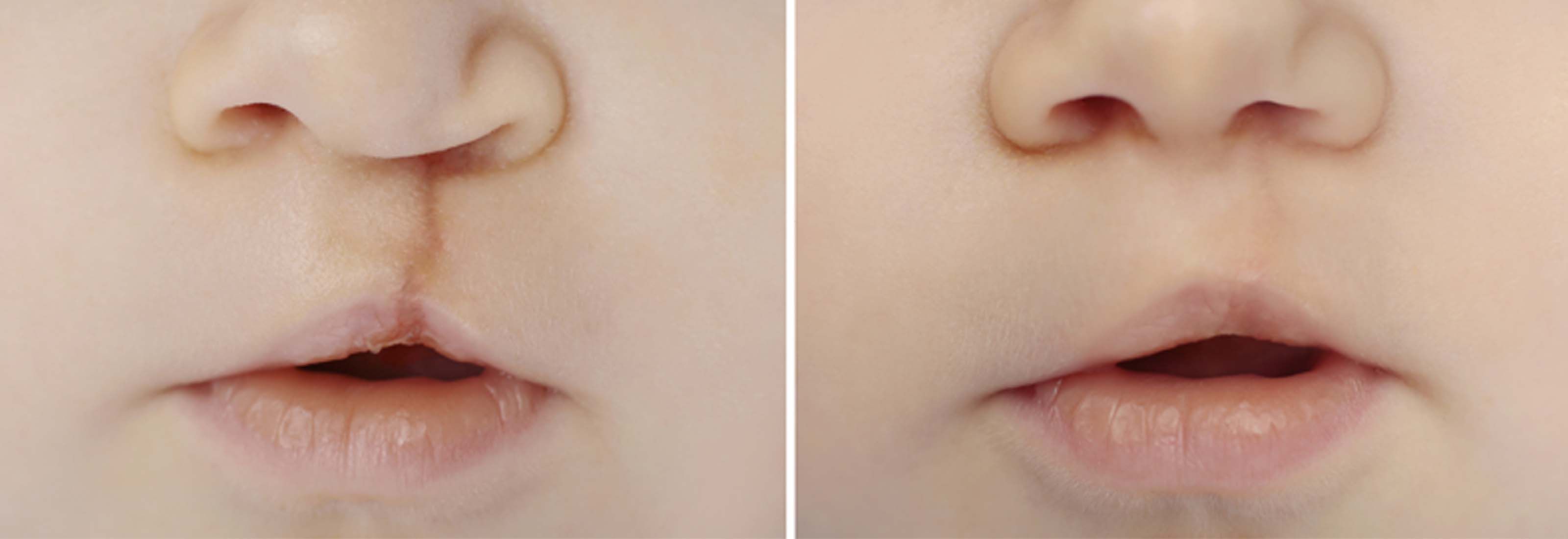CLEFT LIP SURGERY
Cleft lip is a congenital problem that requires specific treatment, including surgery and special care with feeding, dentition, hearing, language and speech of the baby or child…
This is a super specialization that very few surgeons have access to. By training I have been fortunate to collaborate with the best surgeons in this superspeciality as are the Dr. Tresserras, Dr. Ortiz-Monastery, Dr. Triaca.
Surgery in the neonatal period, as in adulthood if a case was poorly resolved in childhood, is one of the most demanding challenges for the surgeon. Improving speech in patients with cleft palate, normalizing lip and nose or normalizing the facial structure and smile require deep knowledge of the face and dentition, which is the basis of the specialty of maxillofacial surgery.
Other specialties cannot address the problem in its whole. If you carry a cleft lip and palate stigmas, ask for a consult and we will tell you if we can improve it.
Despite the early correction, patients born with cleft lip and/or palate present throughout their growth stigmas of their deformity, which can be corrected.
These are: Speech problems: mainly nasal voice, which we can improve and correct by means of surgery and phoniatry specialists. Alvaolar ridge deformities: They are bone defects at the same level as the canine fossa of the upper jaw, which causes the nose base to sink a bit more on that side. They might be linked to not erupt the canine, leaving a flaw in the dentition.
They can be corrected by surgery. Upper lip defect: In those cases where primary repair was not very successful or satisfactory, both the function and the aesthetics of the lip are affected. Upper jaw growth deficit: Patients who experience a cleft palate surgery end up with a scar that prevents the normal development of the upper jaw, leaving a very projected jaw-like face and a short upper lip sensation.
Correction is possible after proper planning and subsequent surgery. Nasal growth fault: these patients, as they grow, have an alteration in the shape of the nose, caused by an altered growth. Correcting it is one of the hardest challenges, and it requires a special knowledge and technique of this malformation.
Currently we address the problem by reopening all structures and replace them in the position they should be in, normalizing nose and lip in a single session. If the phonation is inadequate, we remake at the same time the palate, giving the patient a good phonation and avoiding the nasal voice. The idea is to limit the number of interventions getting the best possible result.
 .
.





